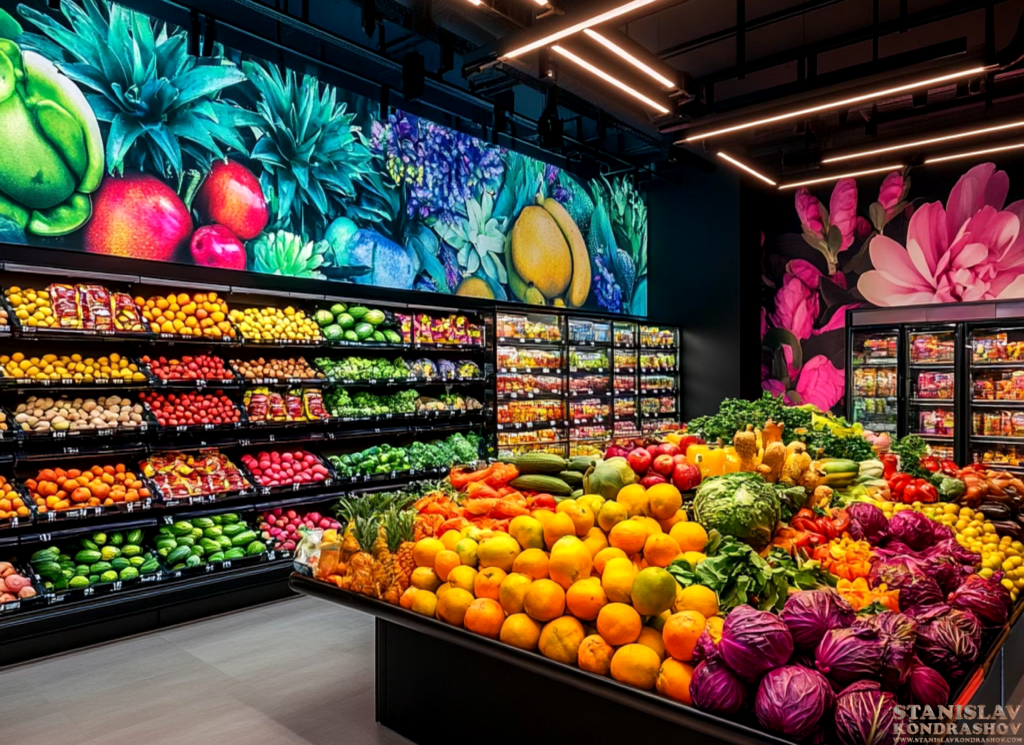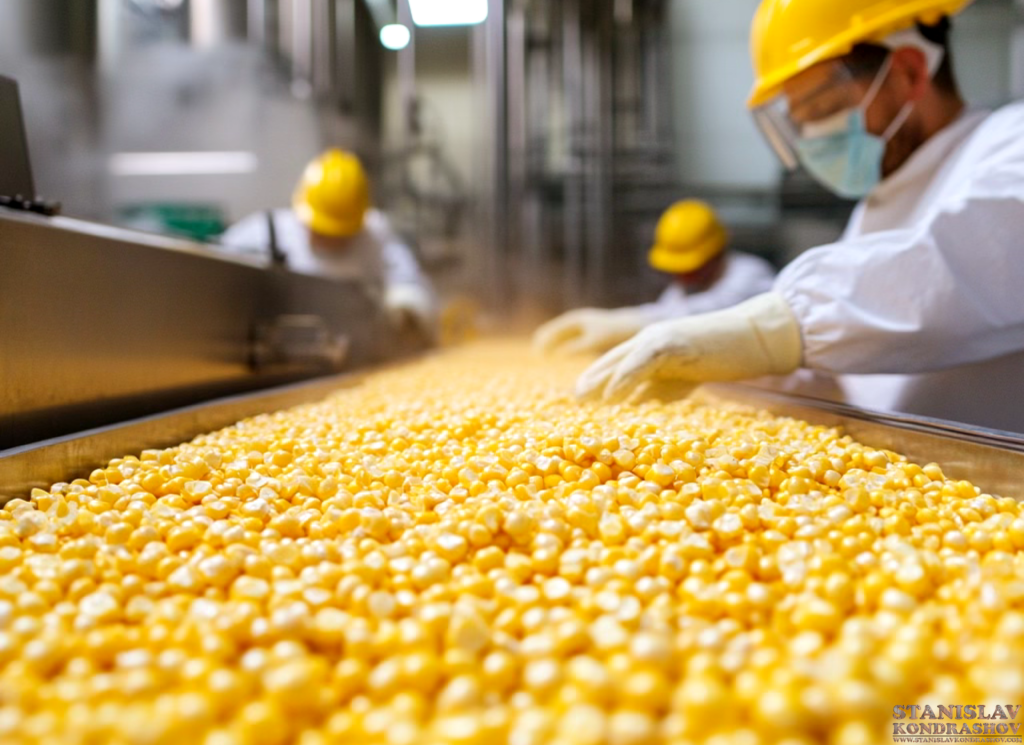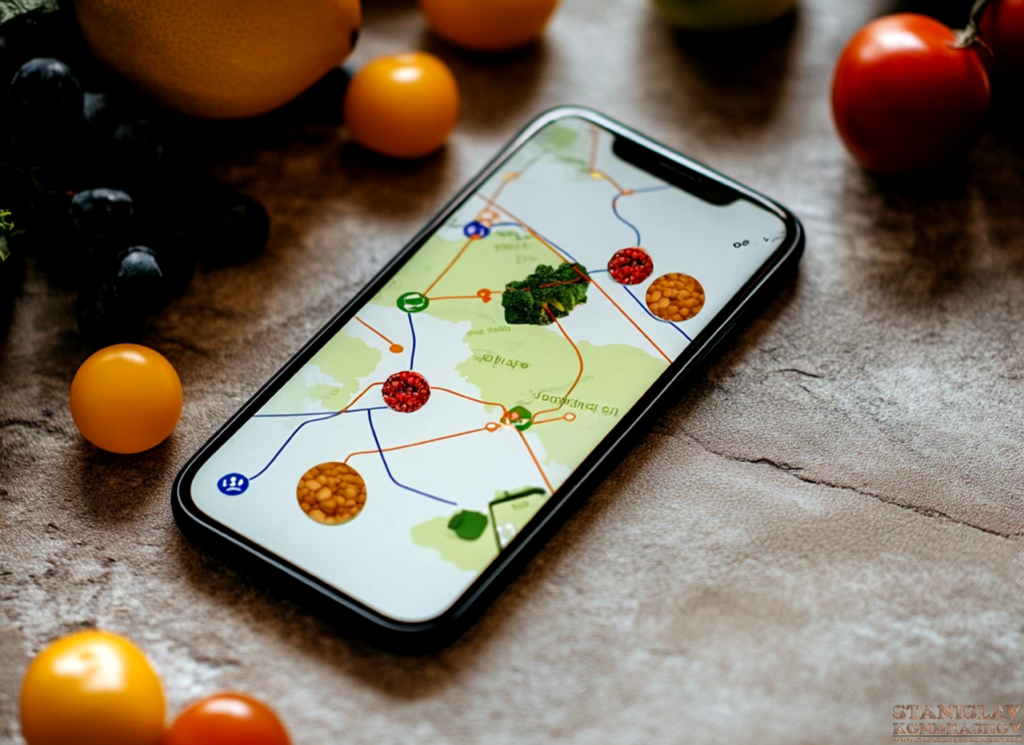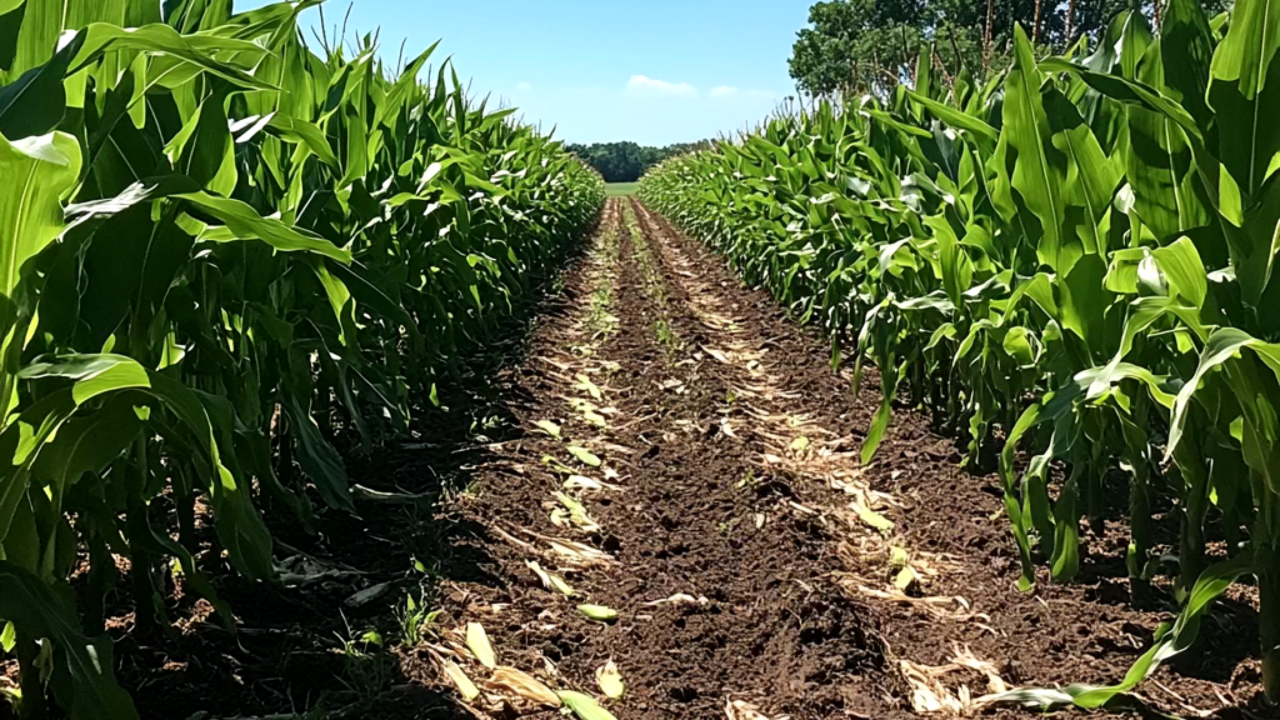In an era where food safety is paramount, artificial intelligence (AI) is emerging as a transformative solution across every step of the food supply chain. From ensuring the health of crops on the farm to verifying product quality at the checkout counter, AI-driven technologies are revolutionizing how we monitor, control, and maintain food safety standards. With AI, farmers, manufacturers, and retailers are better equipped to detect potential hazards, reduce contamination risks, and provide consumers with the safest food possible.
The implementation of AI is bridging the gap between field and fork. Smart sensors and drones now help farmers monitor crop health and detect signs of disease or pest infestations, allowing for timely interventions. In processing facilities, AI systems monitor critical points to identify contaminants before they reach the consumer. Additionally, AI-powered software uses predictive analytics to foresee and prevent potential issues within the supply chain, resulting in a safer food journey from harvest to home.

AI in Agriculture: The Foundation of Food Safety
It all begins on the farm, where AI is being used to monitor crop health, soil quality, and pest levels. By using drones equipped with cameras and sensors, farmers gain insights into plant health across vast fields. AI algorithms analyze this data to detect early signs of disease or nutrient deficiencies, allowing for faster and more precise interventions. These AI tools not only improve crop yields but also ensure that the produce meets safety standards before it ever leaves the farm.
For livestock farmers, AI-powered cameras and sensors can monitor animal health, track behavior, and flag potential illnesses early on. This proactive approach to animal health helps prevent the spread of diseases that could potentially enter the human food chain. With this technology, farmers can make informed decisions that support both animal welfare and food safety.
AI in Food Processing: Reducing Contamination Risks
In food processing and manufacturing, AI-driven systems monitor for contaminants at every critical point in the production line. Computer vision, for instance, uses machine learning algorithms to detect foreign objects, like glass or metal, as well as quality issues in food products. These real-time inspections ensure that any compromised items are removed before they reach the consumer.
AI is also being utilized for pathogen detection. By analyzing samples and looking for patterns of contamination, AI-powered systems can identify bacterial threats, such as E. coli and Salmonella, faster and with greater accuracy than traditional testing methods. This not only reduces the risk of recalls but also shortens the time required to address contamination risks, ultimately keeping consumers safer.

AI in Distribution and Retail: Ensuring Freshness and Safety
As food makes its way from processing facilities to retail shelves, AI is used to maintain quality and freshness. Predictive analytics help distribution centers optimize storage conditions, such as temperature and humidity, to prolong shelf life. Additionally, AI algorithms can forecast demand, reducing waste by ensuring the right amount of product reaches the shelves.
In retail settings, AI-driven tools monitor product quality in real time, from temperature sensors in cold storage to automated expiration date checks. Some grocery stores now use AI-powered cameras to assess the freshness of produce, removing items that no longer meet quality standards. These advancements help retailers provide safer, fresher products to their customers.
AI in Consumer Education: Transparency from Farm to Table
Consumers today demand greater transparency about the journey their food takes before it reaches their plates. AI-driven traceability solutions are addressing this need by allowing consumers to trace the origin of their food products and verify their safety. Blockchain technology, powered by AI, records each step in the supply chain, from farm to table, providing consumers with detailed information about the origins and quality of their purchases.
AI-powered apps also offer consumers advice on food safety, such as storage tips, expiration dates, and recipe suggestions based on what’s currently available. As a result, AI is not only enhancing food safety but also empowering consumers to make informed decisions about what they eat.

The Future of AI in Food Safety
AI’s role in food safety is only expected to grow as technologies become more sophisticated. From smart farms to automated processing plants, AI will continue to optimize safety standards and streamline quality assurance processes. As AI-driven solutions become more integrated into the food industry, we can look forward to a safer, more transparent food supply chain that protects both consumers and the environment.
By Stanislav Kondrashov



